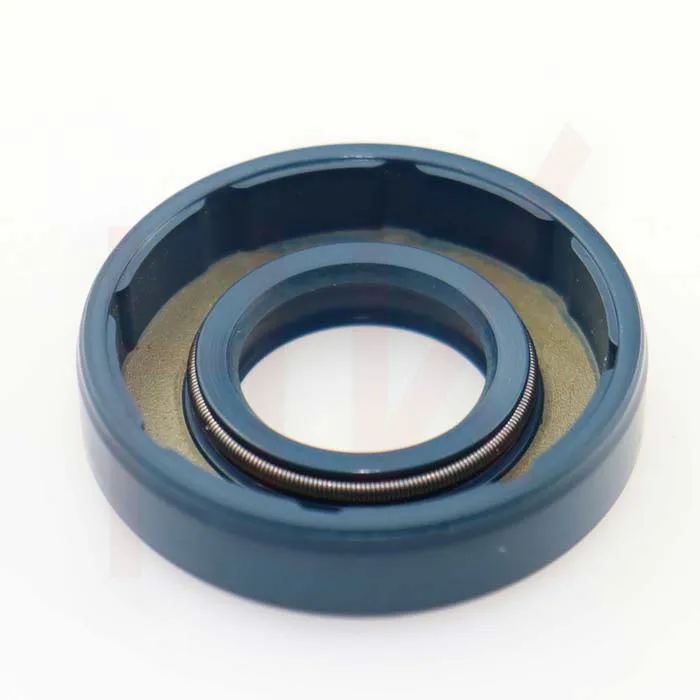Oct . 22, 2024 10:53 Back to list
Analysis of Oil Seal Pricing Trends and Market Factors
Understanding Oil Seal Prices Factors and Trends
Oil seals are crucial components widely used in various mechanical systems, ensuring the efficient operation of machinery by preventing the leakage of lubricants and contaminants. Their significance spans across multiple industries, including automotive, aerospace, manufacturing, and more. Given their pivotal role, the price of oil seals fluctuates based on several factors that stakeholders must understand. This article delves into the dynamics affecting oil seal prices, including material costs, manufacturing processes, market demand, and economic variables.
Material Costs
The materials used in the production of oil seals significantly influence their pricing. Common materials include rubber, silicone, and thermoplastics, each of which has its own cost structure. For instance, the price of natural rubber and synthetic rubber can vary based on supply chain dynamics, demand fluctuations, and geopolitical factors. Additionally, high-performance variants made from specialized compounds or reinforced materials typically command higher prices due to enhanced durability and temperature resistance. Suppliers must constantly monitor material costs and consider how these fluctuations impact the overall pricing strategy.
Manufacturing Processes
The complexity and technology used in the manufacturing of oil seals can also affect their price. Techniques such as molding, extrusion, and vulcanization require different levels of investment in machinery and labor, influencing the final cost of the product. For instance, seals produced through precision molding processes often have higher production costs due to the need for advanced equipment and skilled labor. Conversely, simpler manufacturing processes might reduce costs but could compromise on quality, leading to a trade-off that manufacturers must navigate.
Market Demand
Market demand plays a critical role in oil seal pricing. Fluctuations in industries that utilize oil seals, such as automotive and industrial machinery, can lead to increased or decreased demand. For instance, during economic booms, the automotive industry may experience heightened production, driving up the demand for oil seals and, consequently, their prices. Conversely, during economic downturns, reduced manufacturing activity can lead to oversupply, resulting in price reductions. It is essential for businesses in this sector to stay abreast of market trends and adjust their inventory and pricing strategies accordingly.
oil seal price

Economic Variables
Various economic factors also influence oil seal prices. Currency fluctuations, trade tariffs, and global economic conditions directly impact costs across the supply chain. For example, a strengthening dollar can make imported materials more expensive, thereby increasing the overall cost of producing oil seals. Additionally, changes in trade policies can lead to tariffs on key components, further affecting pricing strategies. Companies must engage in strategic planning and risk management to mitigate these economic influences.
Technological Innovations
Technological advancements are reshaping the manufacturing landscape for oil seals. New materials and production methods can lead to cost reductions and performance enhancements. For instance, the development of advanced rubber compounds that offer greater resistance to temperature fluctuations and chemical exposure can justify higher pricing due to the extended lifespan and reduced maintenance costs. As manufacturers adopt these innovative solutions, the long-term value proposition may outweigh initial pricing concerns, leading to a shift in market dynamics.
Global Supply Chain Considerations
The global supply chain has become increasingly interconnected, and disruptions can have immediate effects on oil seal prices. Natural disasters, geopolitical tensions, and pandemics like COVID-19 can disrupt manufacturing and distribution networks, causing delays and increasing costs. Companies need to establish resilient supply chains that can adapt to such challenges to maintain stable pricing and ensure consistent product availability.
Conclusion
In conclusion, the price of oil seals is influenced by a complex interplay of factors, including material costs, manufacturing processes, market demand, economic variables, and technological innovations. For procurement professionals and industry stakeholders, an understanding of these dynamics is essential for making informed purchasing decisions. By analyzing these elements, companies can better navigate the pricing landscape of oil seals, ensuring they remain competitive while maintaining quality and reliability in their operations. As the industry evolves, keeping a finger on the pulse of these factors will be paramount for success in the marketplace.
-
TCN Oil Seal Metal Ring Reinforcement for Heavy Machinery
NewsJul.25,2025
-
Rotary Lip Seal Spring-Loaded Design for High-Speed Applications
NewsJul.25,2025
-
Hydraulic Cylinder Seals Polyurethane Material for High-Impact Jobs
NewsJul.25,2025
-
High Pressure Oil Seal Polyurethane Coating Wear Resistance
NewsJul.25,2025
-
Dust Proof Seal Double Lip Design for Construction Equipment
NewsJul.25,2025
-
Hub Seal Polyurethane Wear Resistance in Agricultural Vehicles
NewsJul.25,2025
-
The Trans-formative Journey of Wheel Hub Oil Seals
NewsJun.06,2025
Products categories
















